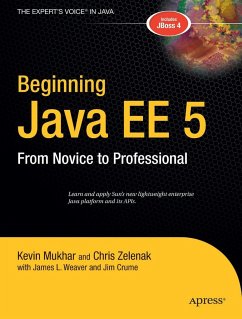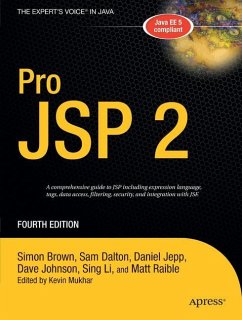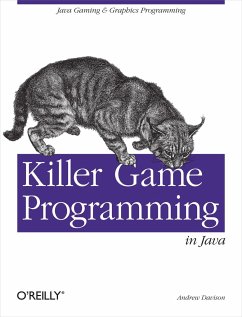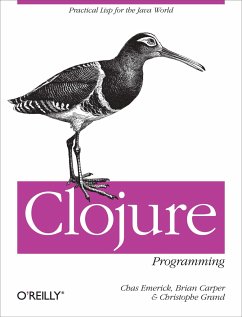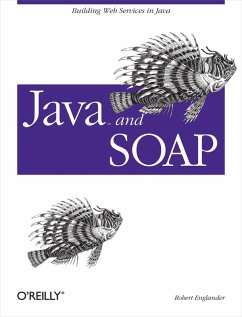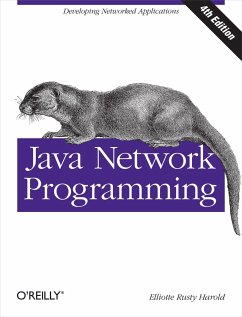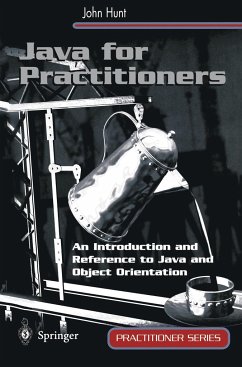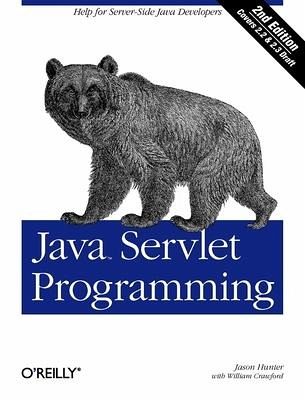
Java Servlet Programming
Versandkostenfrei!
Versandfertig in über 4 Wochen
46,99 €
inkl. MwSt.
Weitere Ausgaben:

PAYBACK Punkte
23 °P sammeln!
Servlets are an exciting and important technology that ties Java to the Web, allowing programmers to write Java programs that create dynamic web content.
Java Servlet Programming covers everything Java developers need to know to write effective servlets. It explains the servlet lifecycle, showing how to use servlets to maintain state information effortlessly. It also describes how to serve dynamic web content, including both HTML pages and multimedia data, and explores more advanced topics like integrated session tracking, efficient database connectivity using JDBC, applet-servlet communicaton, interservlet communication, and internationalization. Readers can use the book's numerous real-world examples as the basis for their own servlets.
The second edition has been completely updated to cover the new features of Version 2.2 of the Java Servlet API. It introduces chapters on servlet security and advanced communication, and also introduces several popular tools for easier integration of servlet technology with dynamic web pages. These tools include JavaServer Pages (JSP), Tea, XMLC, and the Element Construction Set.In addition to complete coverage of 2.2 specification, Java Servlet programming, 2nd Edition, also contains coverage of the new 2.3 final draft specification.
Java Servlet Programming covers everything Java developers need to know to write effective servlets. It explains the servlet lifecycle, showing how to use servlets to maintain state information effortlessly. It also describes how to serve dynamic web content, including both HTML pages and multimedia data, and explores more advanced topics like integrated session tracking, efficient database connectivity using JDBC, applet-servlet communicaton, interservlet communication, and internationalization. Readers can use the book's numerous real-world examples as the basis for their own servlets.
The second edition has been completely updated to cover the new features of Version 2.2 of the Java Servlet API. It introduces chapters on servlet security and advanced communication, and also introduces several popular tools for easier integration of servlet technology with dynamic web pages. These tools include JavaServer Pages (JSP), Tea, XMLC, and the Element Construction Set.In addition to complete coverage of 2.2 specification, Java Servlet programming, 2nd Edition, also contains coverage of the new 2.3 final draft specification.





